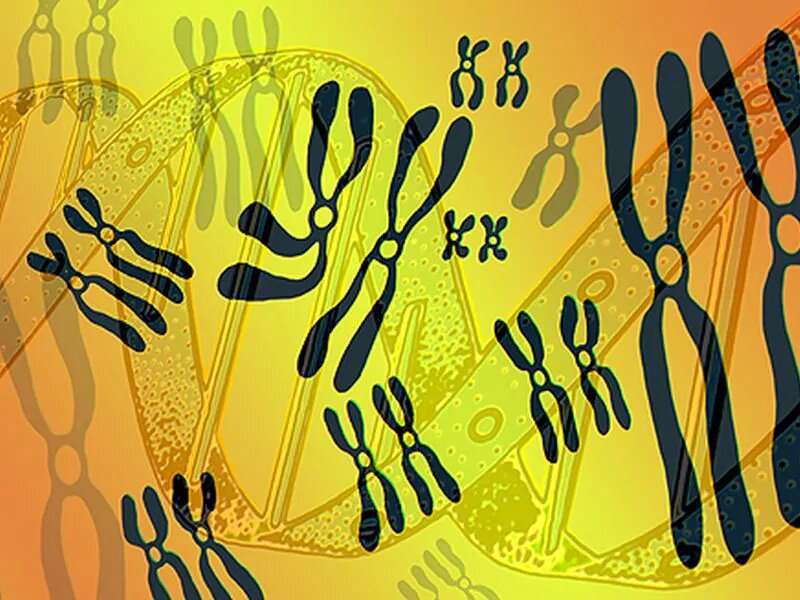(HealthDay)—HFE p.C282Y homozygosity, the most common gene mutation causing hereditary hemochromatosis (type 1), is associated with other morbidity in men and women, according to a study published online Jan. 16 in The BMJ.
Luke C. Pilling, from the University of Exeter in the United Kingdom, and colleagues conducted a cohort study to compare prevalent and incident morbidity and mortality between those with the HFE p.C282Y genetic variant and those with no p.C282Y mutations. A total of 451,243 volunteers of European descent aged 40 to 70 years were enrolled and followed for a mean of seven years.
The researchers found that by the end of follow-up, hemochromatosis was diagnosed in 21.7 percent of men and 9.8 percent of women of the 2,890 participants homozygous for p.C282Y. Compared with those with no p.C282Y mutations, p.C282Y homozygous men aged 40 to 70 years had increased prevalence of diagnosed hemochromatosis, liver disease, rheumatoid arthritis, osteoarthritis, and diabetes mellitus (odds ratios, 411.1, 4.30, 2.23, 2.01, and 1.53, respectively). During the seven-year follow-up, 15.7 and 5.0 percent of homozygous men and men with no p.C282Y mutation, respectively, had developed at least one incident-associated condition; for women, the corresponding proportions were 10.1 and 3.4 percent. Excess morbidity was modest in p.C282Y/p.H63D heterozygotes, but hemochromatosis diagnoses were more common.
"As p.C282Y-associated iron overload is preventable and partly treatable, re-examination of the many issues involved in recommending expanded early case ascertainment or screening is justified," the authors write.
More information: Abstract/Full Text
Copyright © 2019 HealthDay. All rights reserved.






















